Hobonichi Note
A new lined notebook
that reduces eye strain
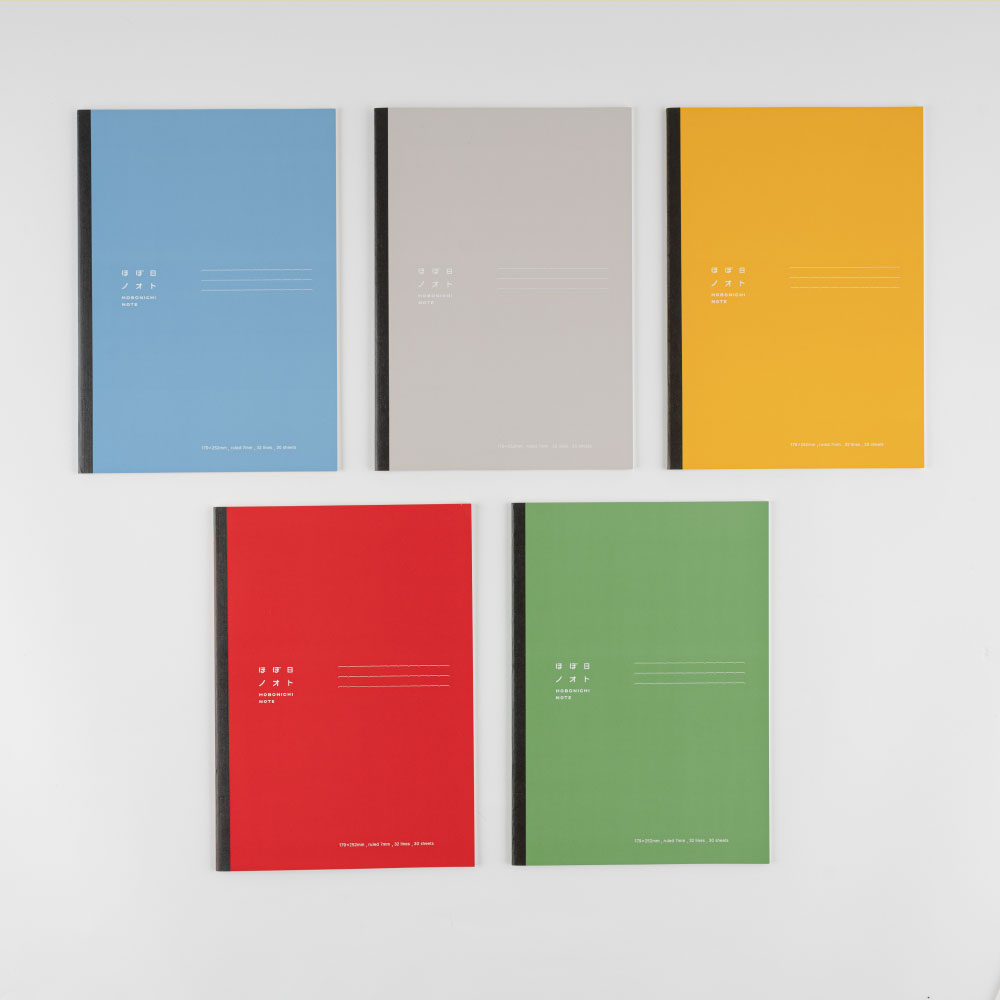

30 sheets (60 pages) / 32 lines / 7 mm line height
5 cover color options
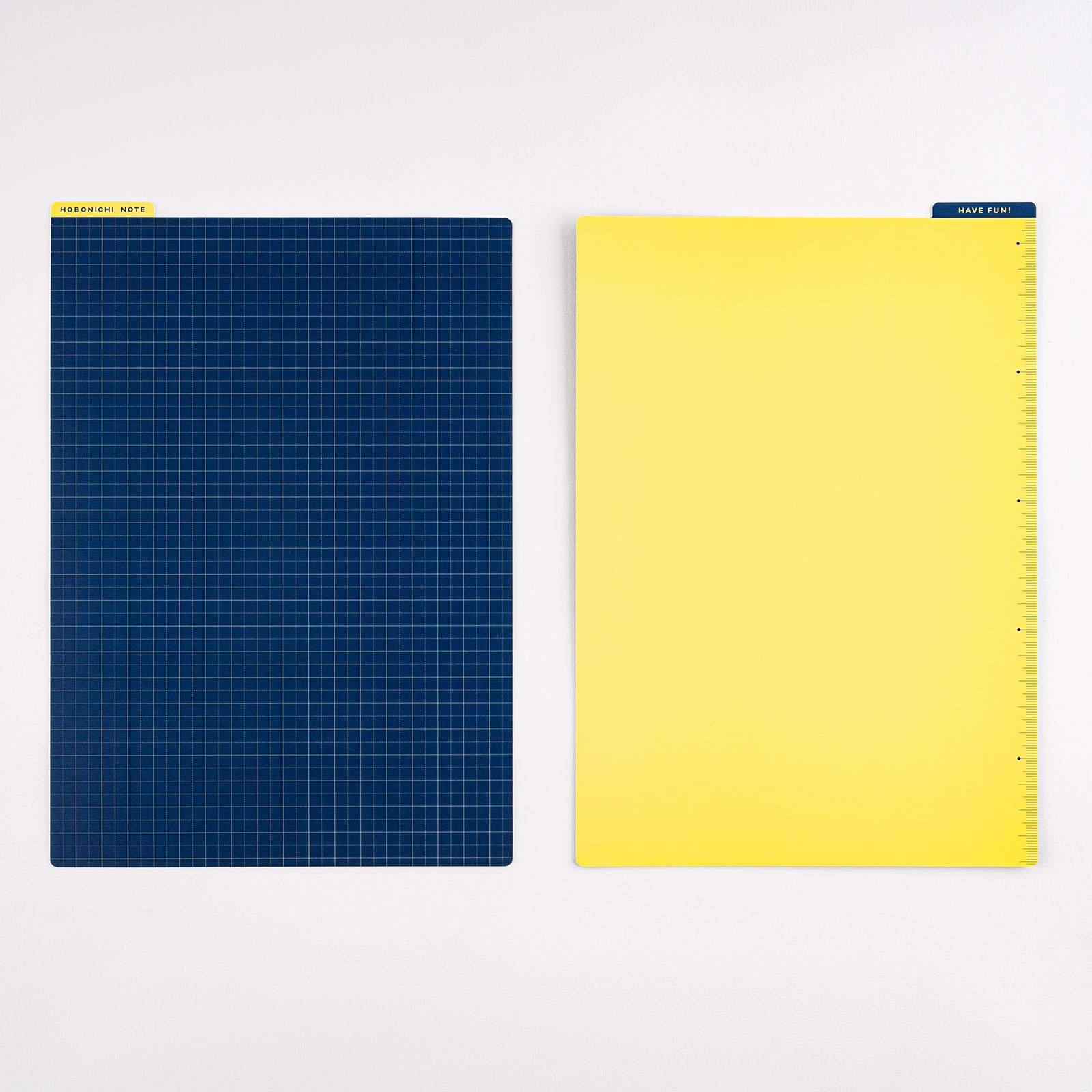
for Hobonichi Note
Weight: Approx. 24 g
Main material: Synthetic paper (Yupo)
*Surface: Matte PP finish
matches with every cover color!
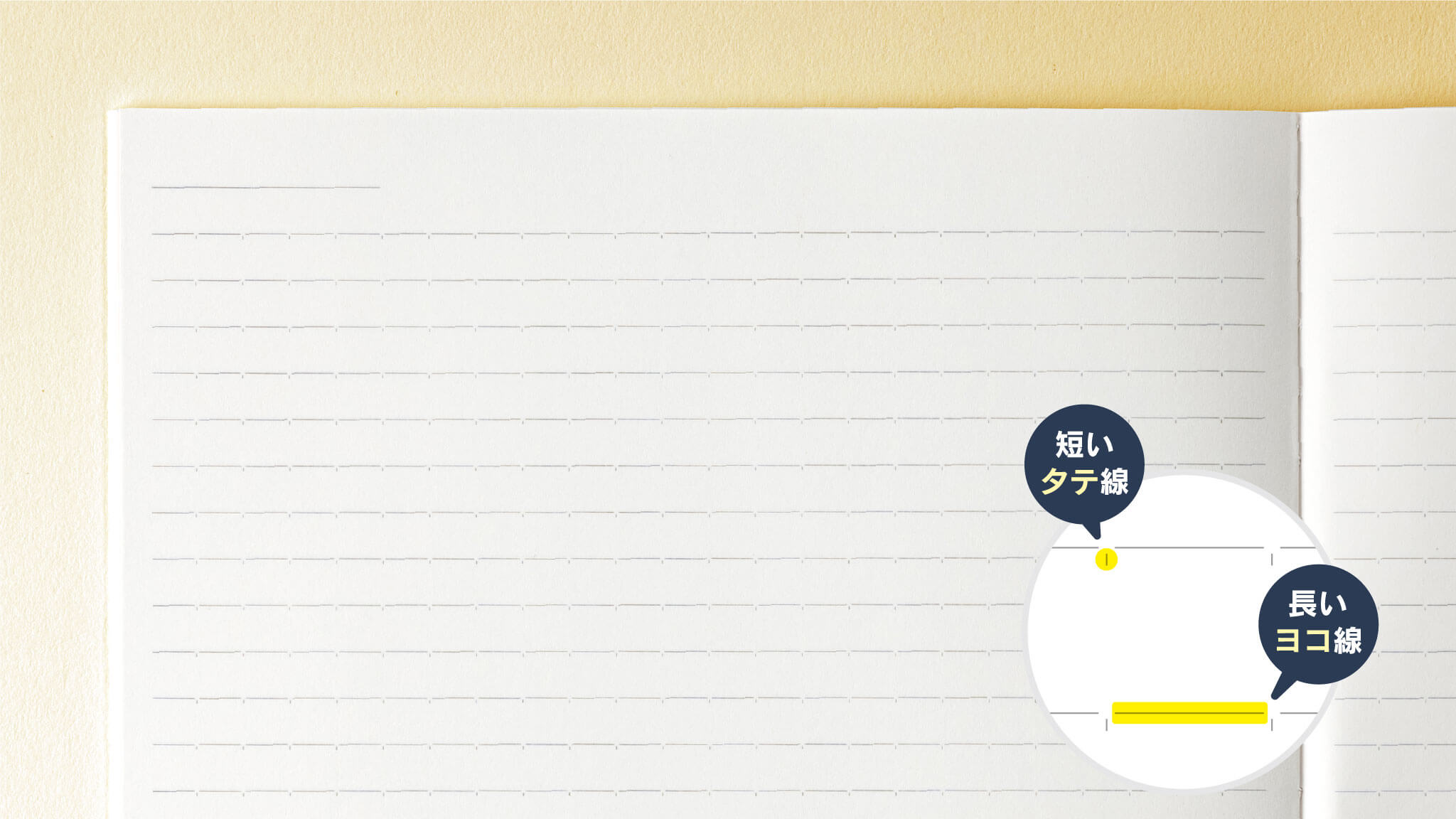
Hobonichi Note Feature
Ruled lines
composed of broken
lines based on
Design Psychology
The effect is a design that’s softer and less overbearing but makes writing out words and charts smoother than ever.
The spacing between the lines offers a softer visual effect that creates less visual stress overall and makes it easier to write text and chart things. The result is a notebook that doesn’t feel intimidating to open and won’t tire your eyes over an extended writing session.
Created through the Perspectives of Design Psychology
The all-new ruled line design of this notebook was developed by Prof. Haruo Hibino and his team of researchers at BB STONE Design Psychology Unit, Inc., a venture company of Chiba University’s Faculty of Engineering. It was created through the perspectives of design psychology by applying the phenomenon of optical illusion.
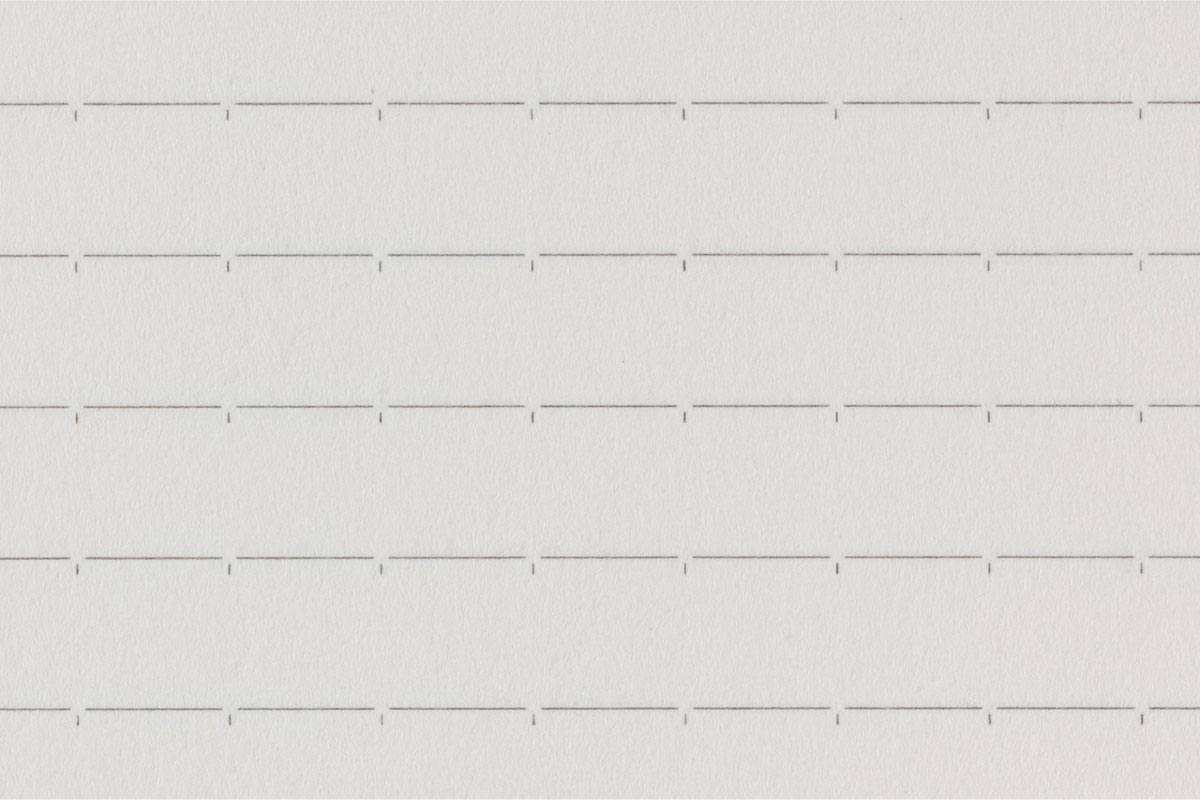 Features: 1) Lines interrupted at equally spaced intervals
Features: 1) Lines interrupted at equally spaced intervals
2) Short line inserted below each space
There’s a phenomenon called “subjective contour,” in which contours are perceived by an observer even though they do not physically exist. In the following figure, you can see a triangle with a black outline as well as another bright white triangle flipped upside down. In reality, the bright white triangle has no physical outline.
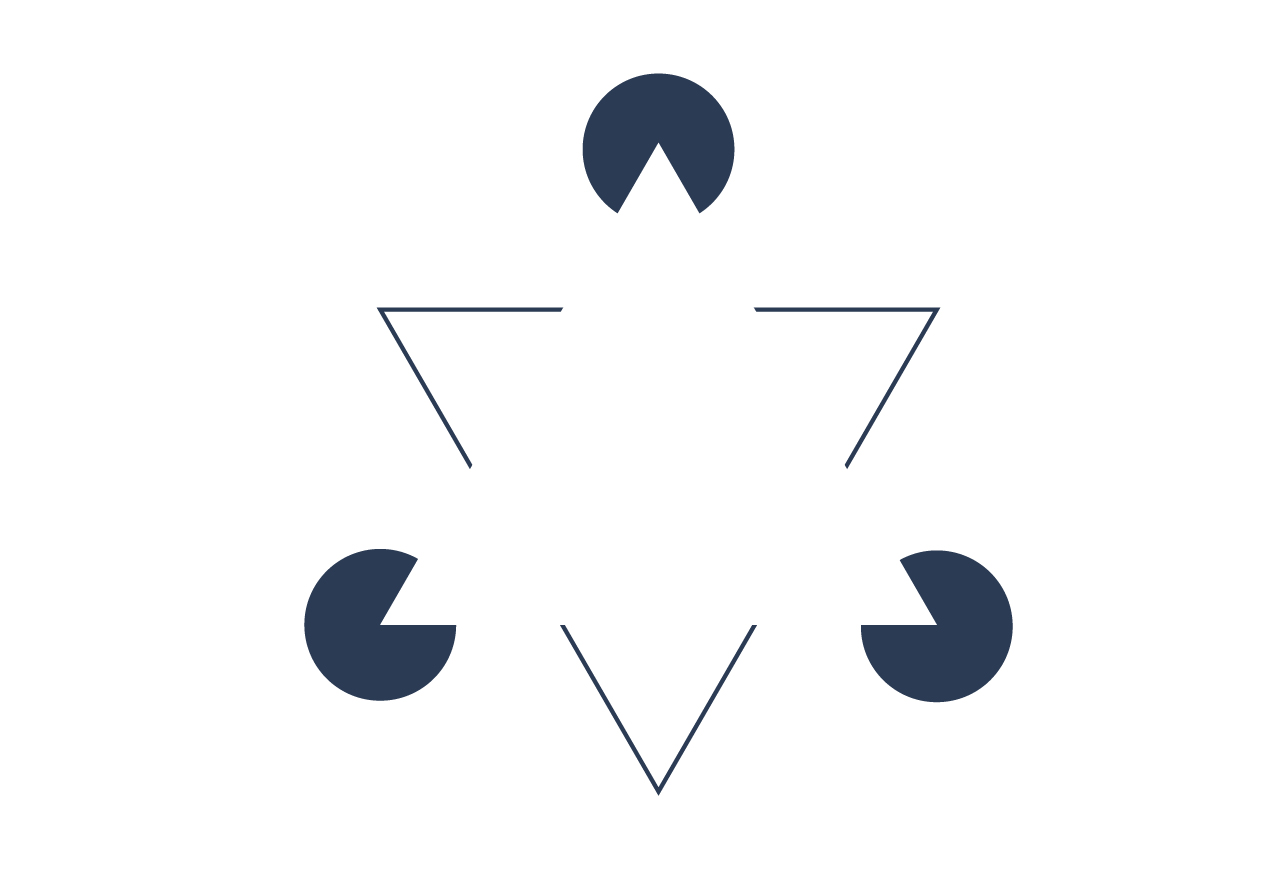 Example of subjective contour (Kanizsa triangle)
Example of subjective contour (Kanizsa triangle)
This ruled line design uses the effect to give writers the impression that there are vertical lines, even though there aren't. After creating and reviewing several design patterns, we adopted the simplest design for this notebook.
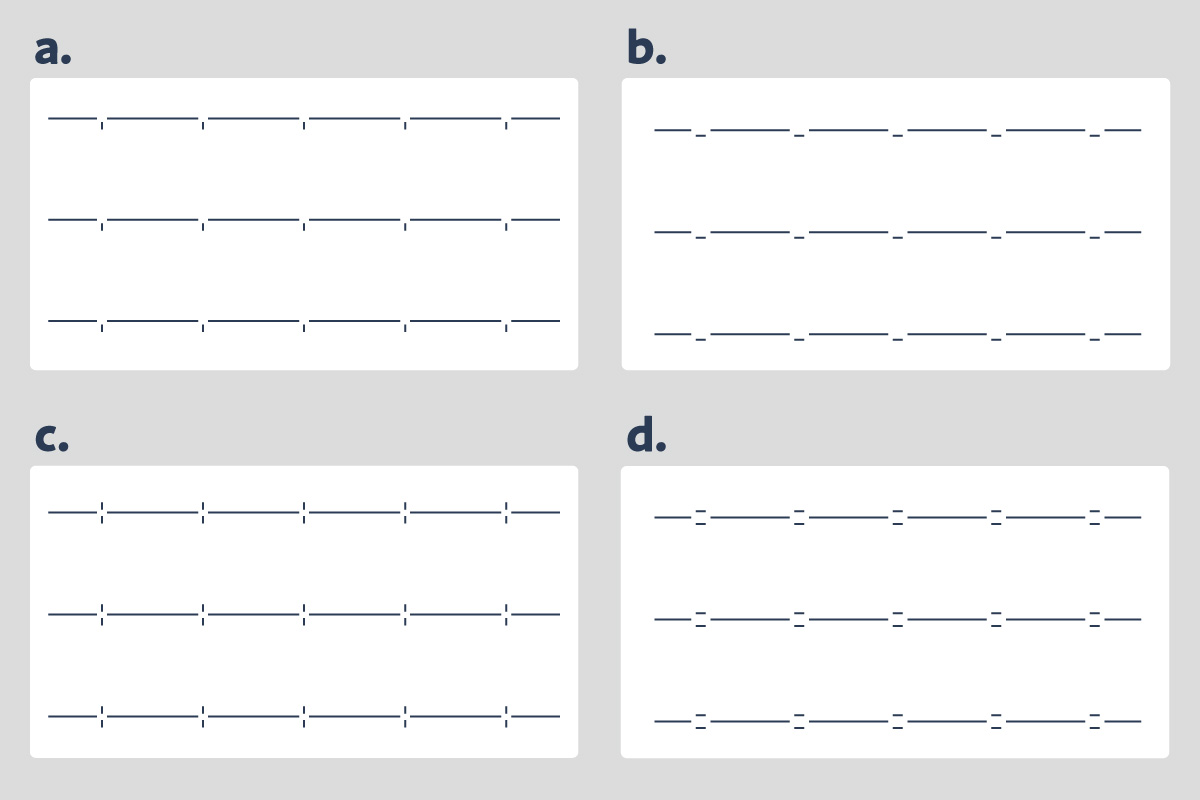 a) Tiny vertical line slightly below each space (Final design)
a) Tiny vertical line slightly below each space (Final design)
b) Tiny horizontal line slightly below each space
c) Two tiny vertical lines above and below each space
d) Two tiny horizontal lines above and below each space
The perceptual effect induced by tiny vertical lines makes it easier to draw graphs and diagrams, while the absence of the physical lines reduces visual stress. This ruled line design successfully obtained a patent in 2020. (Patent No. 6749109)
Easily align headers, and draw neat graphs and charts
The tiny vertical lines allow you to line up the start of each header or paragraph without much thought, so that the notes you take will be easier to read back through later. They’re also an unimposing guide that helps you draw clean vertical lines, charts, and graphs.
The ruled line design that increases mental concentration
The Design Psychology Unit (DPU) of Chiba University conducted a diverse array of verification research on 116 subjects, using strict methods based on experimental psychology.
Subjects were asked to conduct simple calculation tasks using both our new ruled line notebook and existing ordinary ruled line notebooks. The results indicated that the speed and accuracy of subjects’ task performance were the best for our new ruled line notebook. This fact suggests that our new ruled line design has an increase in concentration. The final results were presented at the 31st International Congress of Psychology (ICP2016).
*The increase in the correct answer rate and speed of simple calculations suggests the possibility of increased mental concentration. Other evaluation experiments also demonstrated that our new ruled line design can be expected to increase mental concentration.
*Results may vary. The effects are not guaranteed for everyone.

The Wish of the Hobonichi Note
We want to
encourage people’s
mood to write and
learn.
We want the experience of writing to involve more joy
The all-new ruled line design of this notebook was developed by Prof. Haruo Hibino and his team of researchers in BB STONE Design Psychology Unit, Inc. It originated from the idea of creating a notebook that would provide students with their own gentle motivation to write and learn, rather than relying on someone to scold and demand that they study.
“After much trial and error, we came up with this ruled line design. Could we work together on something with it?” The Hobonichi Techo team received this message after an extended time working with the theme “writing by hand.” Our goal coincided perfectly with Prof. Hibino’s and his team’s: To make the writing experience more joyful for everyone. With that in mind, the Hobonichi Note was born: a notebook to cheer on anyone who wants to write or learn.
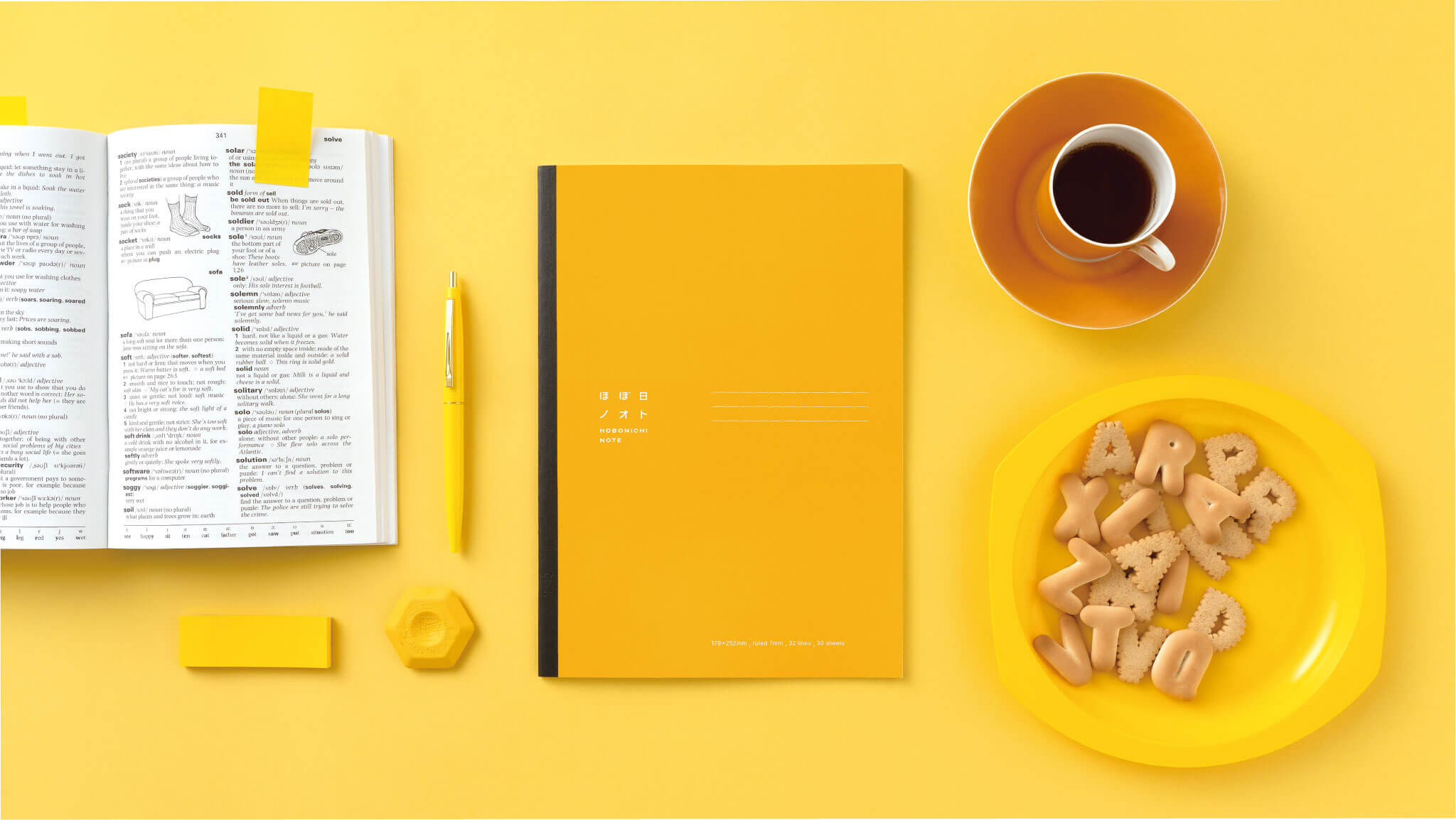
The Hobonichi Note's Design
An everyday
notebook that's a joy
to use.
Masako Kusakabe was in charge of the design and told us a little bit about it.
About the ruled lines
The ruled lines have tiny vertical lines between them, but the result isn’t as overpowering as standard horizontal-ruled designs. And once you look at the tiny vertical lines you’ll see them almost appear to connect with each other, thanks to the strange illusion created by the layout. Thanks to all this, the design is versatile enough to allow writers to use the page however they like. Although the ruled lines are unlike any other, they’re still spaced in a way that’s similar to standard notebooks; we made sure it would be easy to switch to this layout, without any learning curve.
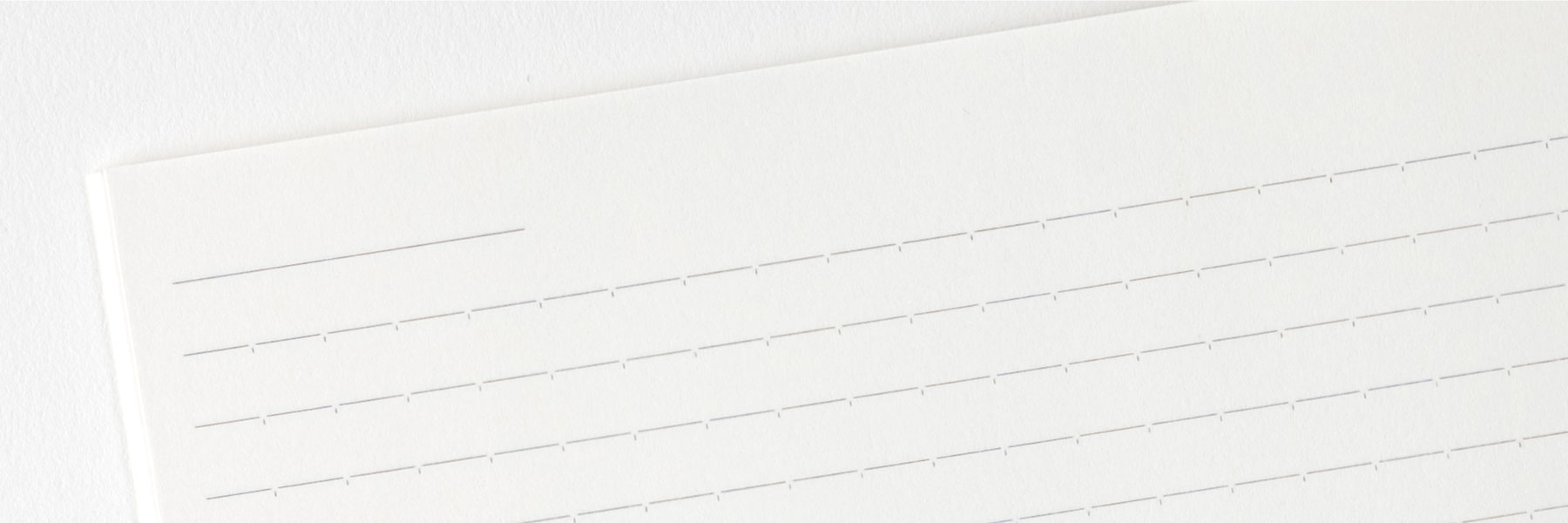
About the logo
The Hobonichi Note already had a unique name, so I saw no reason to give it too unique a logo as well, seeing as it’s meant to be a notebook for daily use. Still, I wanted to make sure it had the Hobonichi personality, so I tried to strike that balance. In the end, I focused on making a minimalist design, lining up the three Japanese characters that spell “Note” below the three Japanese characters that spell out “Hobonichi.”
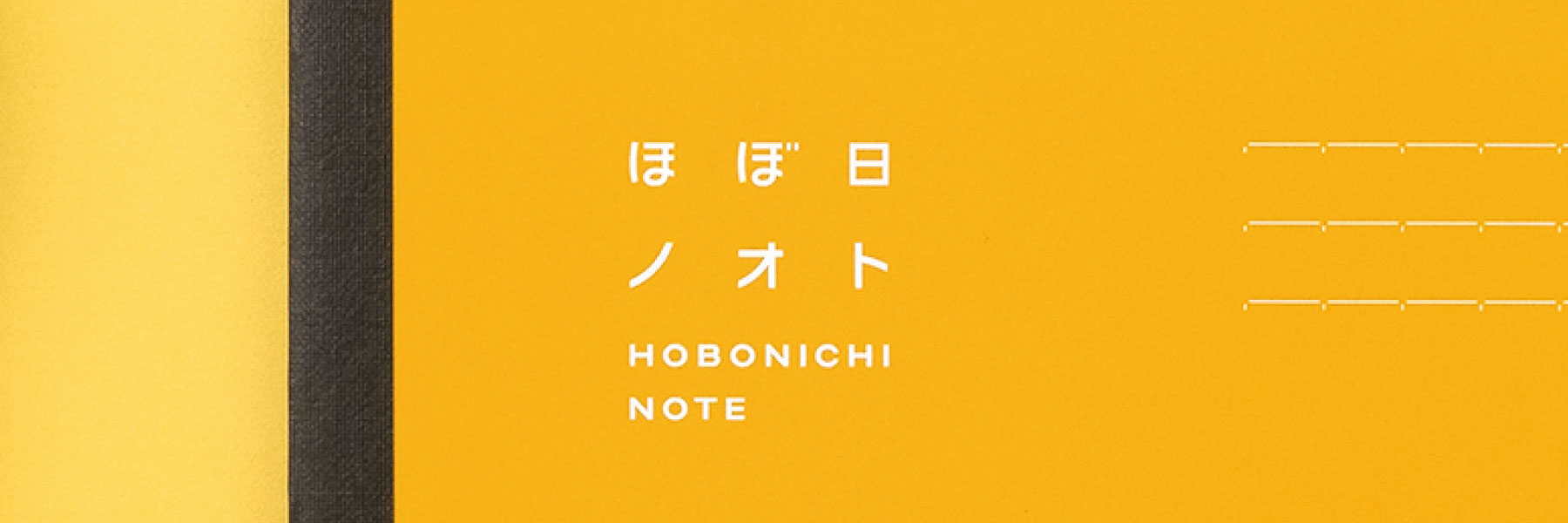
About the cover colors
At first we considered only offering the notebook in a neutral gray, but after we settled on a collection of five colors, I thought back on when I was a student, and the enjoyment I got out of deciding which color notebook I would associate with which school subject.
We chose colors that would be fun to use whether you’re using the full set for school or work, or you just need one and are deciding which one to pick.

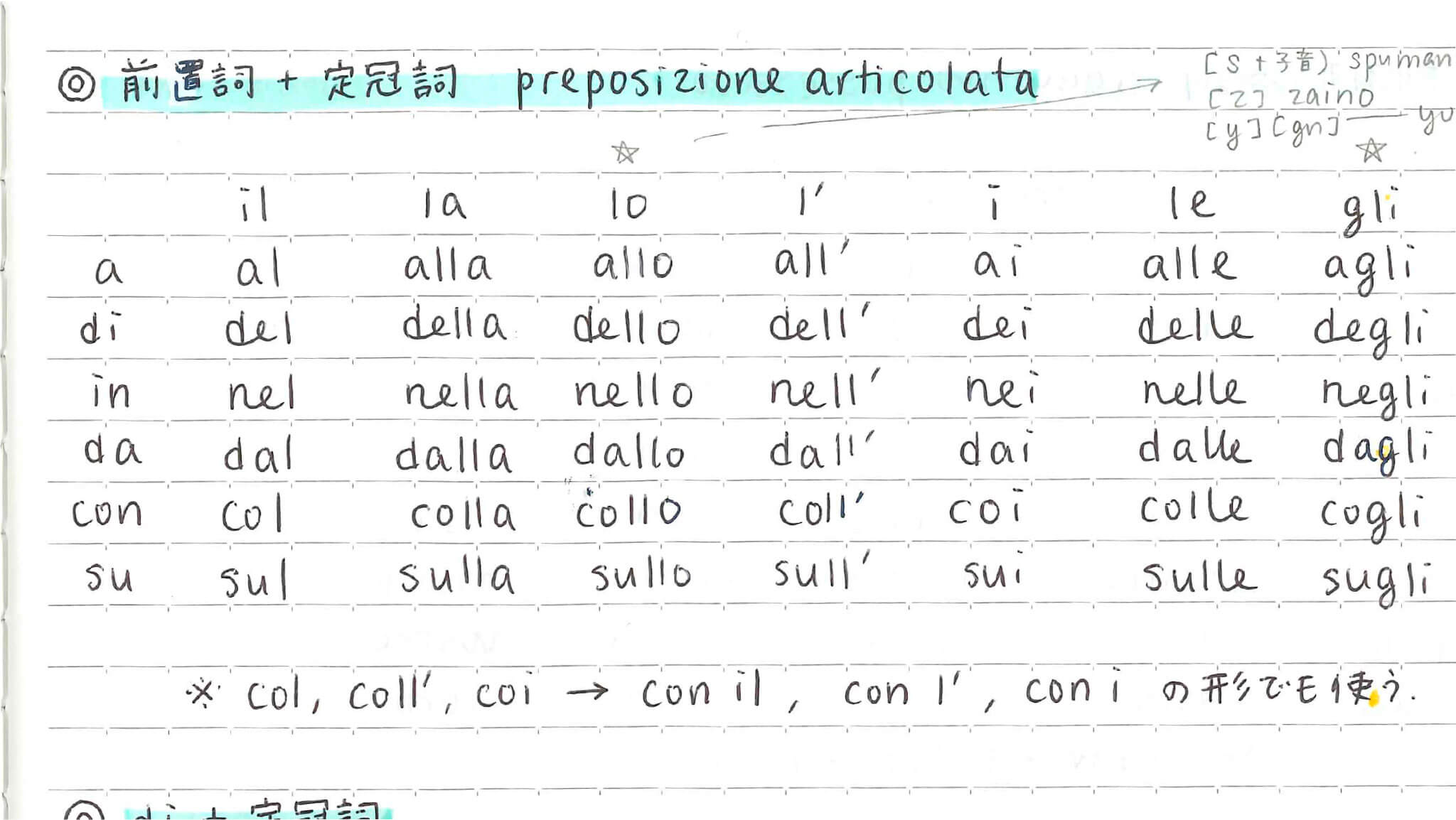
How to use the Hobonichi Note
Useful for studying,
hobbies, daily life,
and more.
A Study Notebook for Students
Use it as a study notebook for class. It’s wonderful for math or science, since the lines make it easy to draw neat charts and graphs. A spacious 7mm gap between lines provides plenty of space for writing.
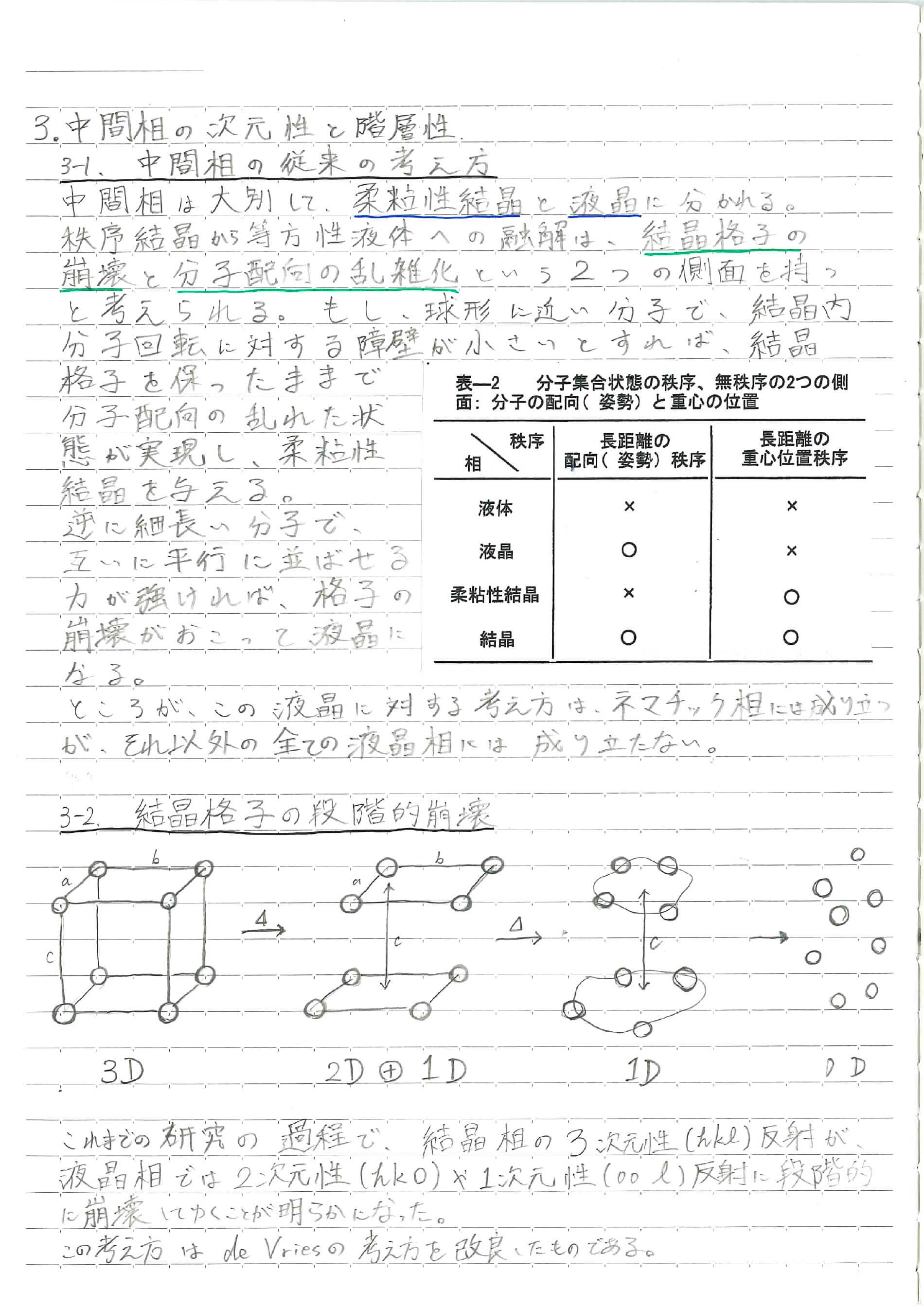
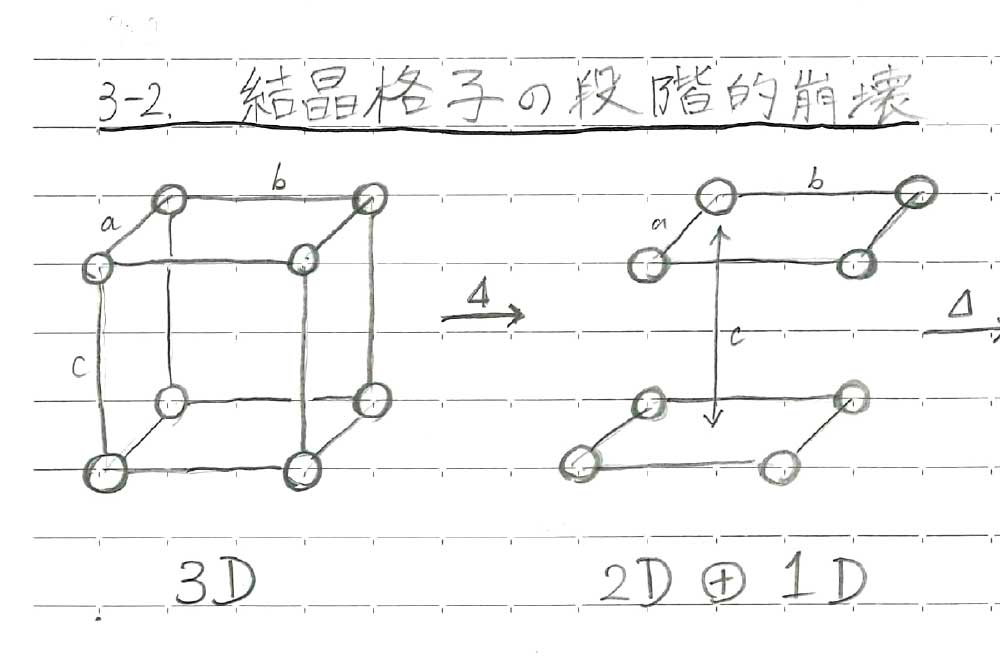 ▲It’s easy to draw out graphs freehand
▲It’s easy to draw out graphs freehand
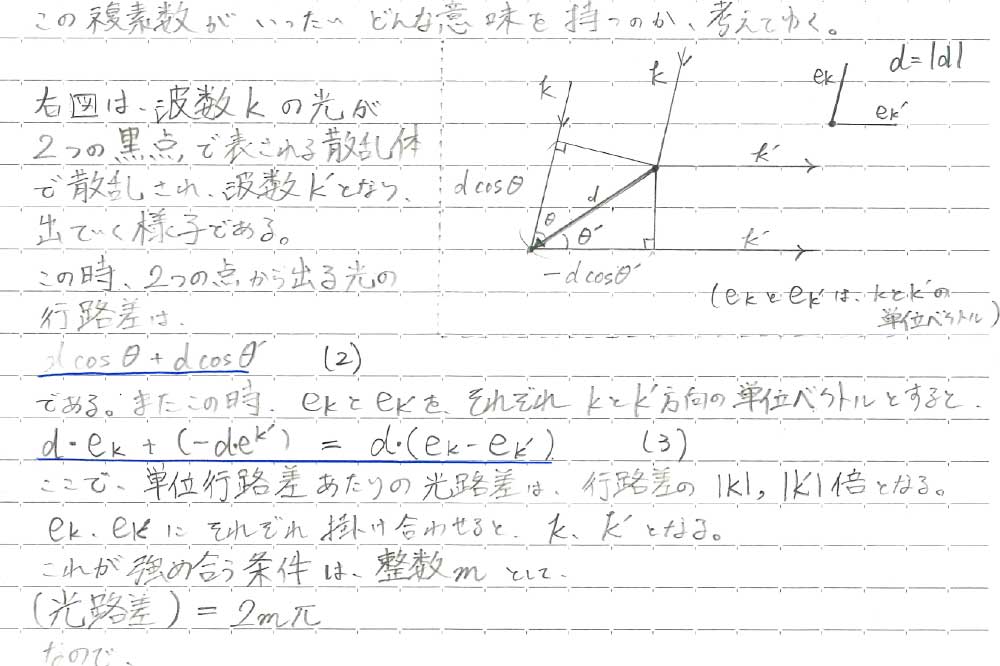 ▲Focus on just the horizontal lines for writing text, or use the vertical lines for a graph-paper-like experience.
▲Focus on just the horizontal lines for writing text, or use the vertical lines for a graph-paper-like experience.
A Notebook for Learning a Skill
Notebooks aren’t just for children and students; they’re also great for adults who are learning a new skill. The vertical lines help you line up the headers on your pages, making it easy to label things and refer back to them later.
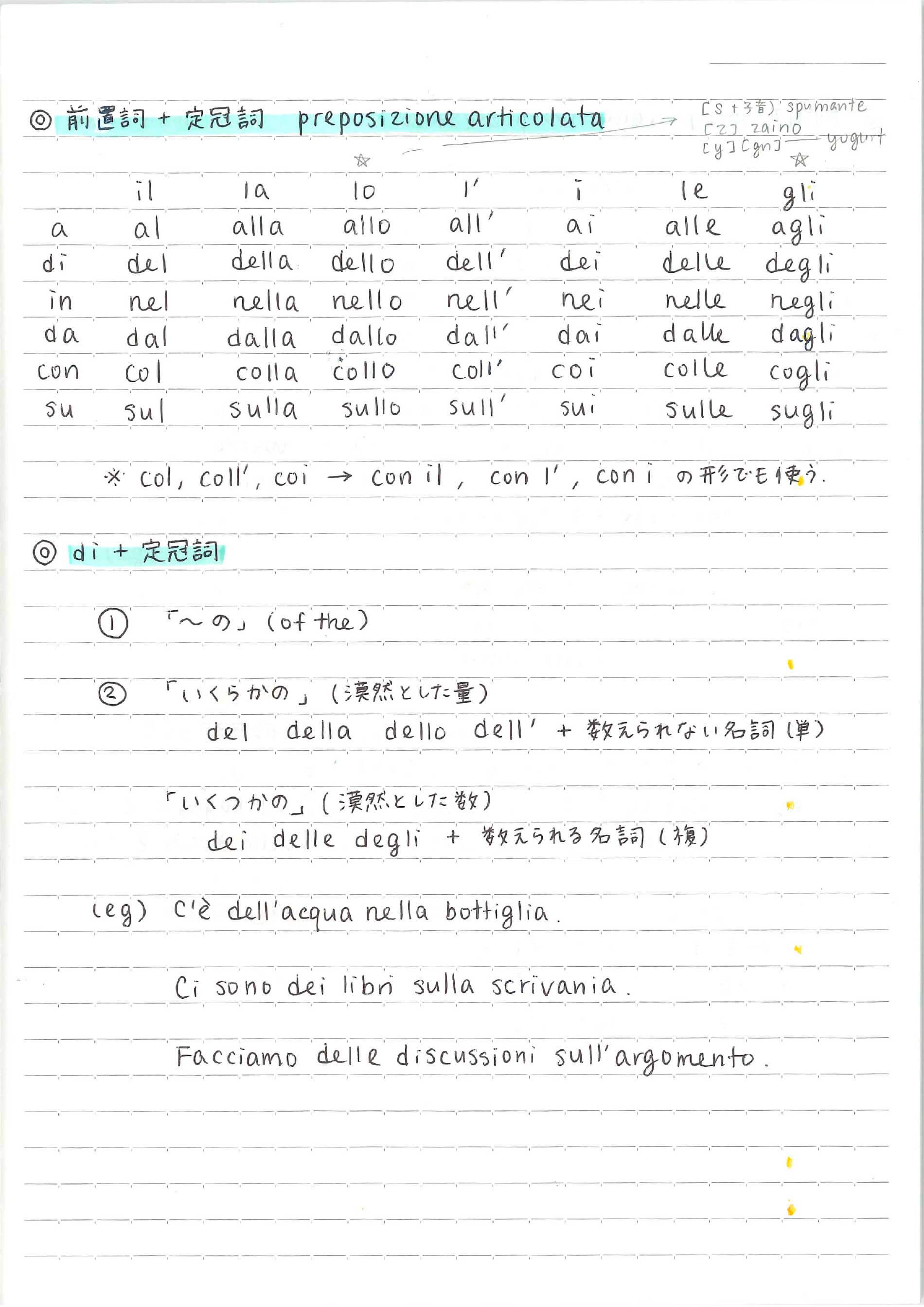
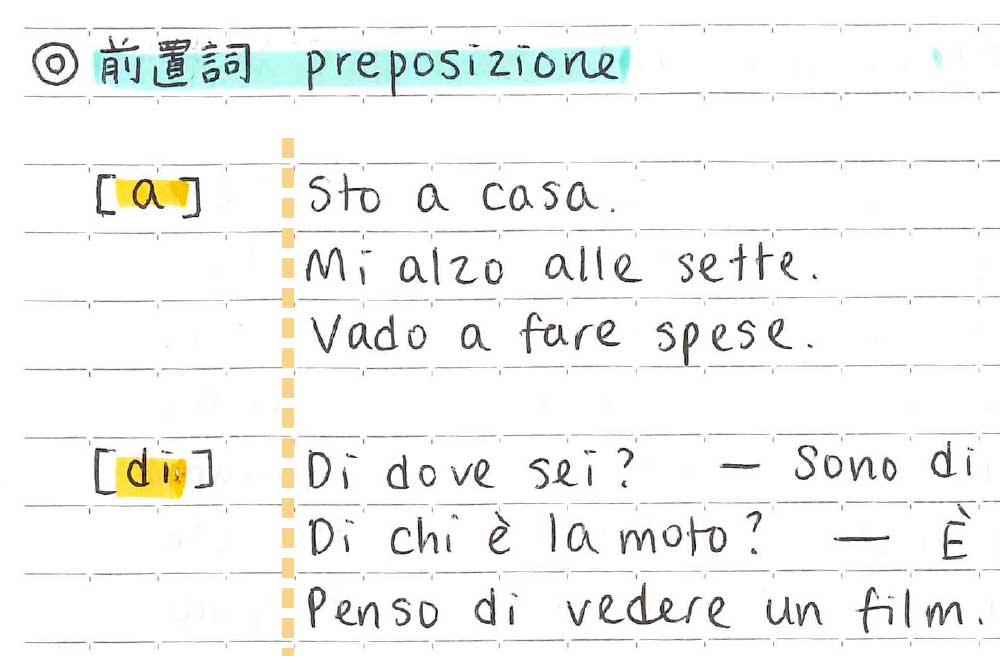 ▲You can line up headers nicely
▲You can line up headers nicely
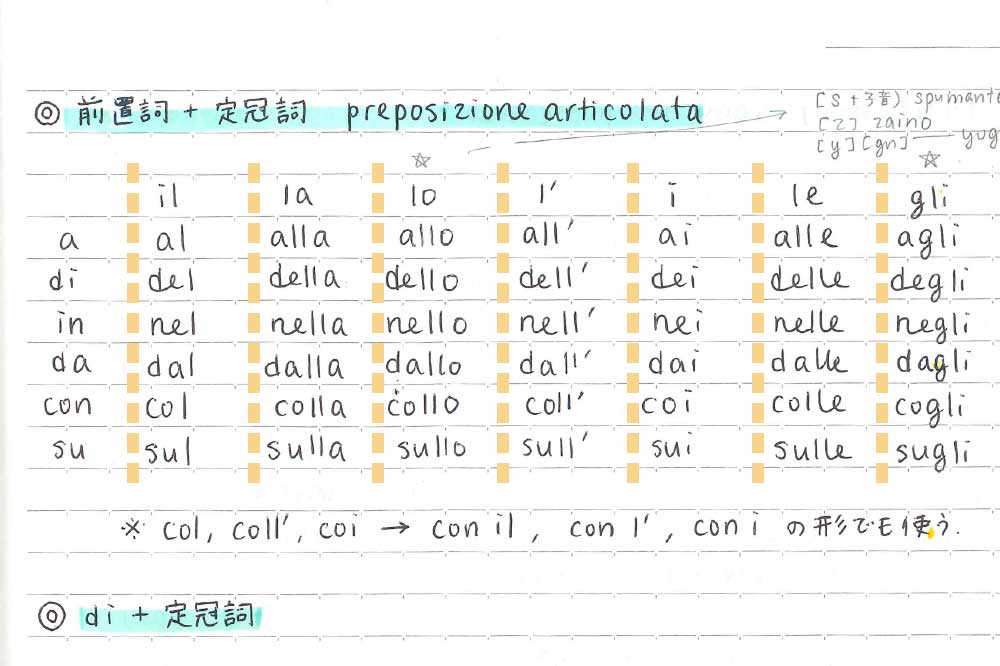 ▲The tiny vertical lines are excellent guides for data like conjugation charts
▲The tiny vertical lines are excellent guides for data like conjugation charts
A Notebook for Hobbies and Daily Life
The notebook can also serve as a single place to collect all things hobby and daily life—recipes, records of the books you read, expense reports, and more. Thanks to the layout, you can also draw pictures on your pages without feeling like the lines are in your way.
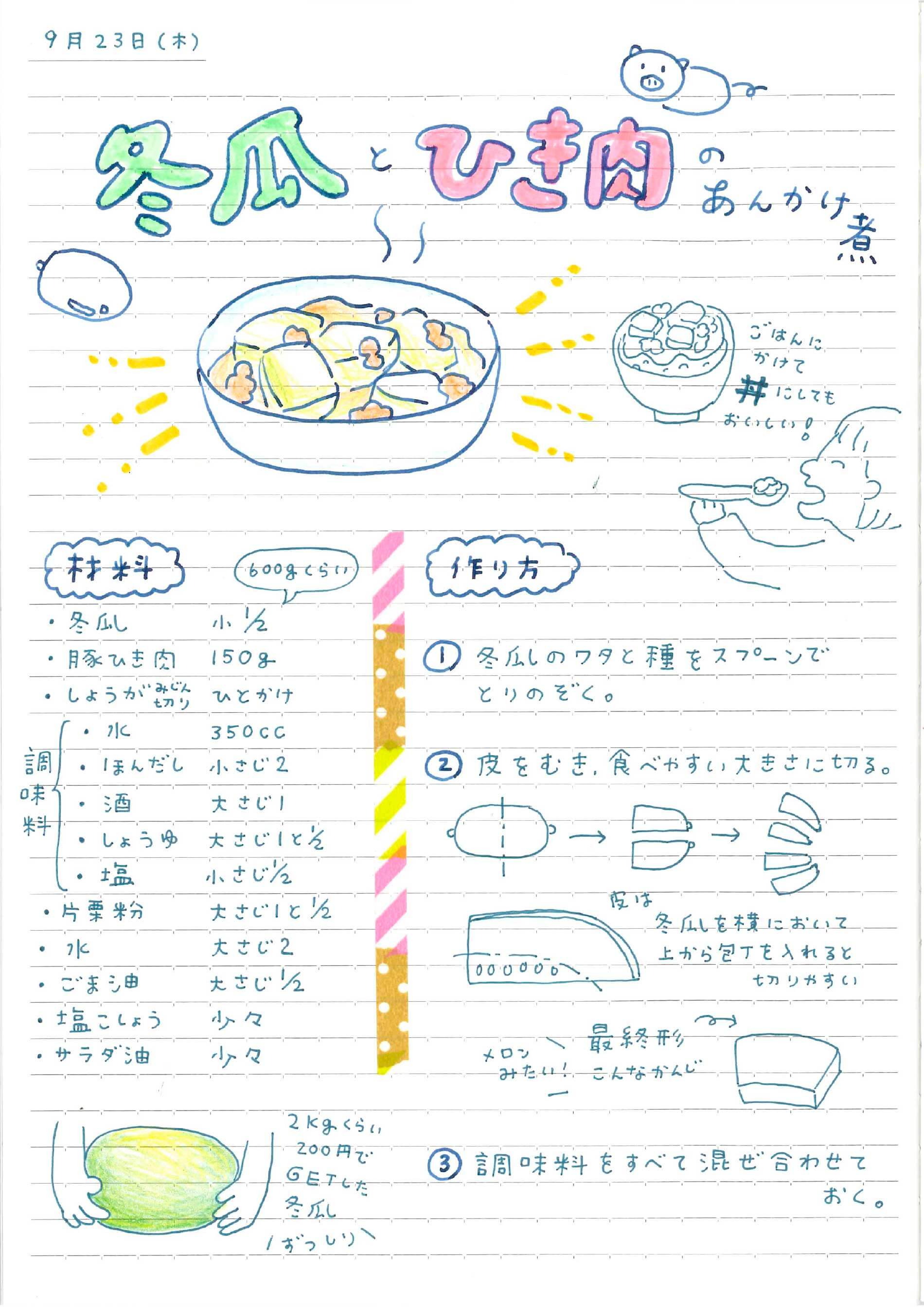
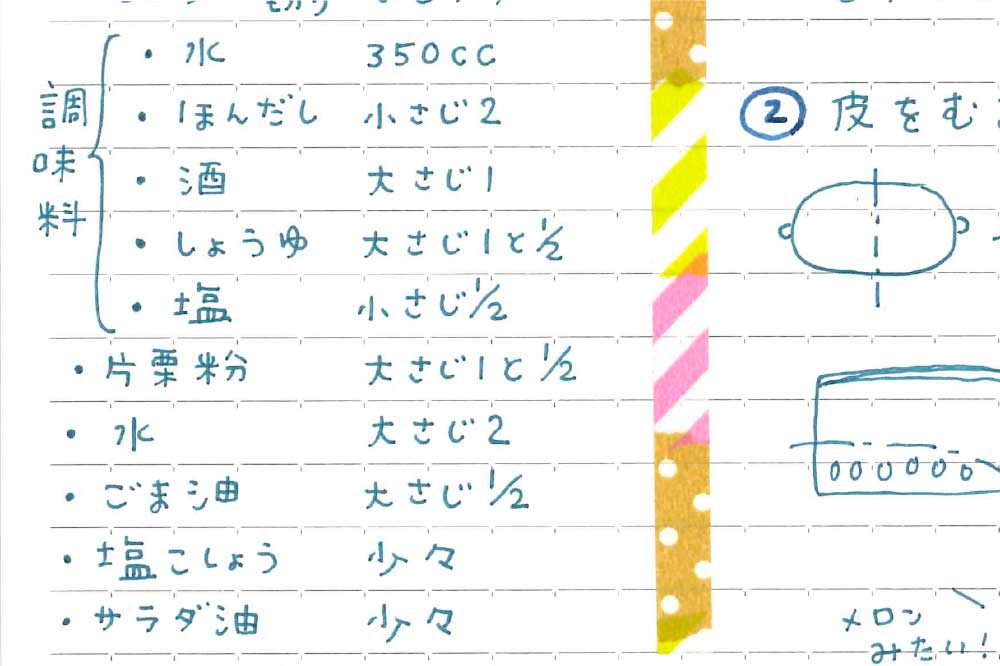 ▲Neatly organize your bullet points
▲Neatly organize your bullet points
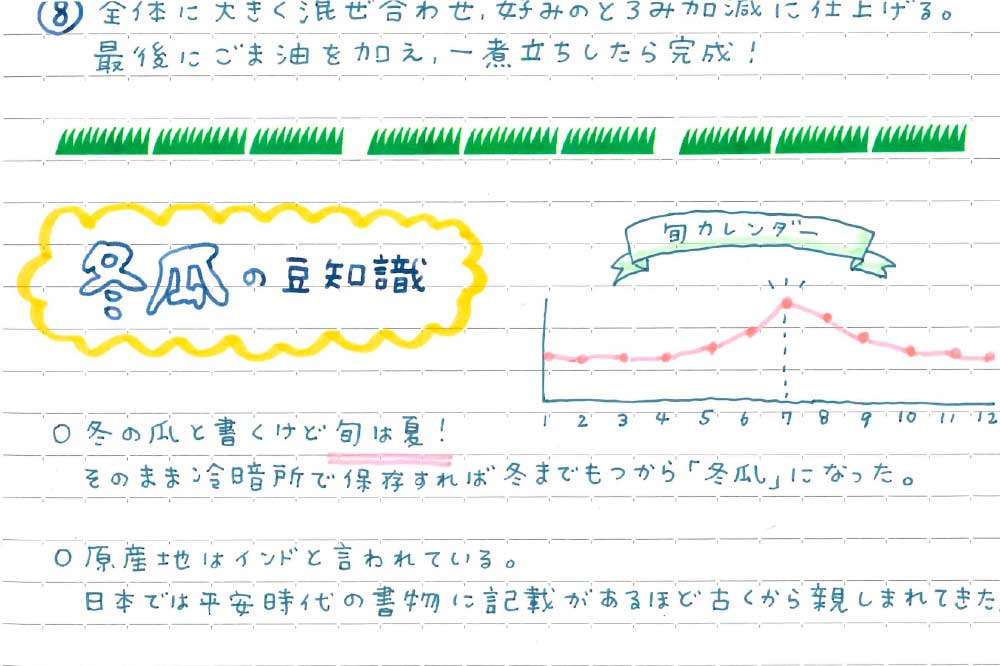 ▲It’s easy to insert graphs and illustrations
▲It’s easy to insert graphs and illustrations

Hobonichi Note User Comments
Thoughts and ideas
from people who
tried it out
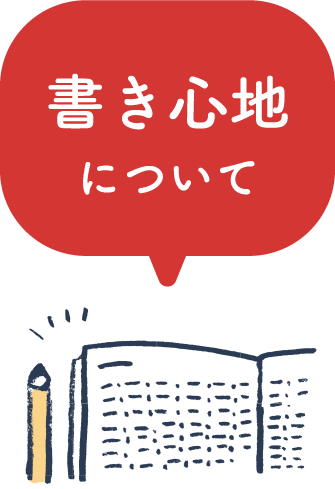
I want people who have long used graph paper to know that this lined notebook will feel really good to use. It has all the freedom of graph paper, and it’s just as easy to customize. When I wanted to draw a table, I liked being able to skip a step, since the horizontal lines were already there. (Ema, 30’s)
The part of the line that sticks out a little bit is interesting because you can use it as a line that goes up or down. It was nice being able to use it for all different kinds of things, like drawing graphs or lining up paragraphs. I recommend it for people who want to write things out nice and neat! (Imo-kenpi, 20’s)
This is so easy to write in! The lightness of the line color is just right. It ended up feeling so different to use than what I imagined. The disconnected lines helped me line up headers as I wrote, which was helpful. (Maru, 40’s)
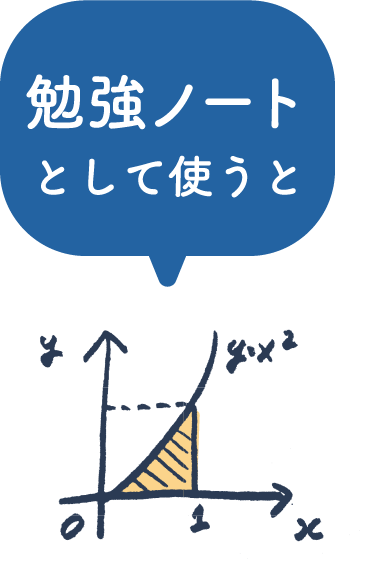
It’s not as stuffy as a normal study book, but it’s also not as informal as a sketchbook. It allowed me to write to my heart’s desire. (Fujise, teens)
I used my notebook as a workbook for figuring out problems. The lines are thin, so I was able to concentrate on what I was writing. I think it works well for taking notes from the blackboard, solving long problems, and coming up with study plans. (Mizuki, teens)
We used the notebook for my first-grade child’s studies. It helped maintain a balance despite our kid’s tendency to write letters in varying sizes, and it was exciting to see the layout make it easier to draw vertical lines. Anyone who has a hard time writing, whether it’s a child or an adult with handwriting, would get a lot out of this notebook. (Tamako, 40’s)
I think it provides a good way to study for tests, since it’s easy to keep reading back through your notes. (Ando, 40’s)
This is the kind of notebook you can show to other people. (Airu, 40’s)
I used it for studying Dutch and Japanese literature, and copying down some famous classics. It was surprisingly easy for me to write vertically in Japanese, and it was easy to read back through. I recommend it for students studying classical writing. (Korokoron Mama, 50’s)
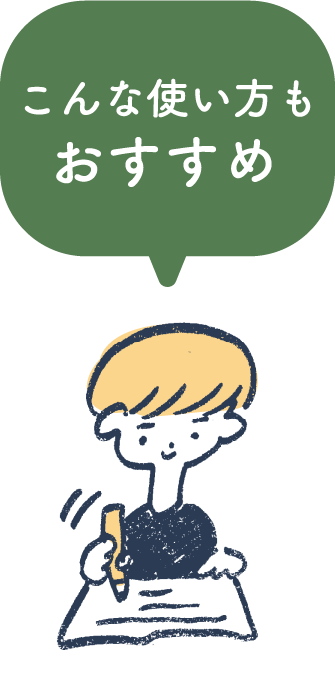
It’s good for writing out your impressions of movies you watched or books you read, as well as your thoughts each day. I also recommend it for studying. It’s not only good for writing horizontally, but also vertically, so I think it works very well for subjects in the Japanese language. (Aya, 20’s)
Once I started writing in it, I didn’t feel overwhelmed by the lines, so I’d be interested in using it as a place for me to make notes and write down thoughts about books I’ve read, and then feel the satisfaction of filling the pages with my own writing. I can relax and keep writing, and the amount of lines is just enough to make me want to fill in the page. (B, 30’s)
It was easier for me to illustrate my pages than it is with standard lined notebooks. (Fukugen, 30’s)
Since each line is divided into 24 parts, I used that to split my pages into two or three columns. It helped me keep to-do lists and divide up my notebook. (Ayuhana, 30’s)
INFORMATION

30 sheets (60 pages) / 32 lines / 7 mm line height
5 cover color options

for Hobonichi Note
Weight: Approx. 24 g
Main material: Synthetic paper (Yupo)
*Surface: Matte PP finish

Information Provided under the Specified Commercial Transactions Law / Privacy Policy / Terms and Conditions of Use / Company
© HOBONICHI

